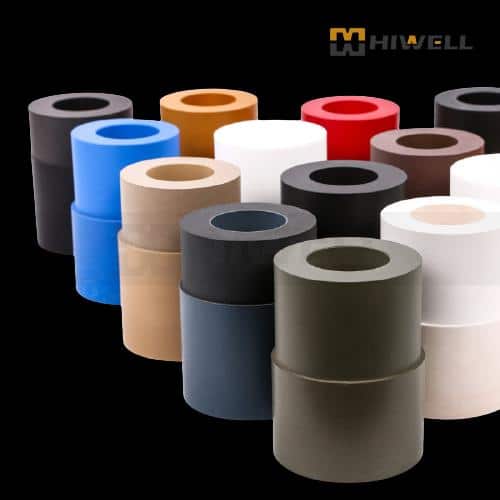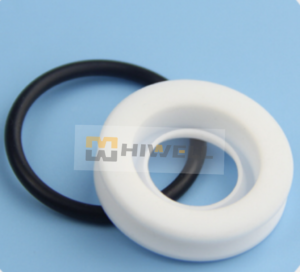What are the commonly used fillers of PTFE?
Commonly used fillers are glass fiber, graphite, carbon fiber, carbon powder, polyphenyl ester, polyimide, molybdenum disulfide, ceramic powder, para polystyrene, bronze powder, stainless steel powder, color agent and so on. According to the requirements of different working conditions, modulation of different proportion of reinforcement mixed into PTFE. Because PTFE is white, the color of PTFE after filling changes with the reinforcing agent, the density also has a small fluctuation, and the chemical properties are also filled with the nature of the filler

Glass bead: Resistant to all chemicals except molten alkaline, fluorine and fluorinated gases, especially at high temperatures and pressures.
Glass Fiber (PTFE-GF): Added in various amounts (5% to 40%), increases compressive strength, rigidity and wear; reduces creep and cold flow; minimal effect on chemical and electrical properties.
Carbon (PTFE-CF): Added in various amounts (10% to 35%), increases compressive strength, hardness, wear, and load properties; good chemical resistance; various types and amounts of carbon can be added to alter conductivity.
Graphite (PTFE-CGF): Added in various amounts (5% to 15%), reduces coefficient of friction; reduces initial wear; increases strength.
Molybdenum Disulfide (PTFE-MoS2): Added in various amounts (5% to 15%), increases hardness, stiffness, and wear; minimal effect on chemical and electrical properties.
Metal (PTFE-BR, PTFE-SSF): Best wear properties, remarkable deformation strengths and good thermal conductivity.
Mineral: Mica added in various amounts (5% to 10%), provides excellent wear and stability in addition to FDA compliance.
Modified PTFE products using industries: chemical, petrochemical, refining, alkali, acid, phosphate fertilizer, pharmaceutical, pesticide, chemical fiber, dye, coking, coal gas, organic synthesis, non-ferrous smelting, steel, atomic energy and high purity products (e.g., ionic membrane electrolysis), viscous material transportation and operation, highly strict health food, beverages and other production departments.
Use equipment: pipe, valve, pump, pressure vessel, heat exchanger, condenser, generator, air compressor, exhaust pipe, refrigerator and other flange joint sealing parts.


